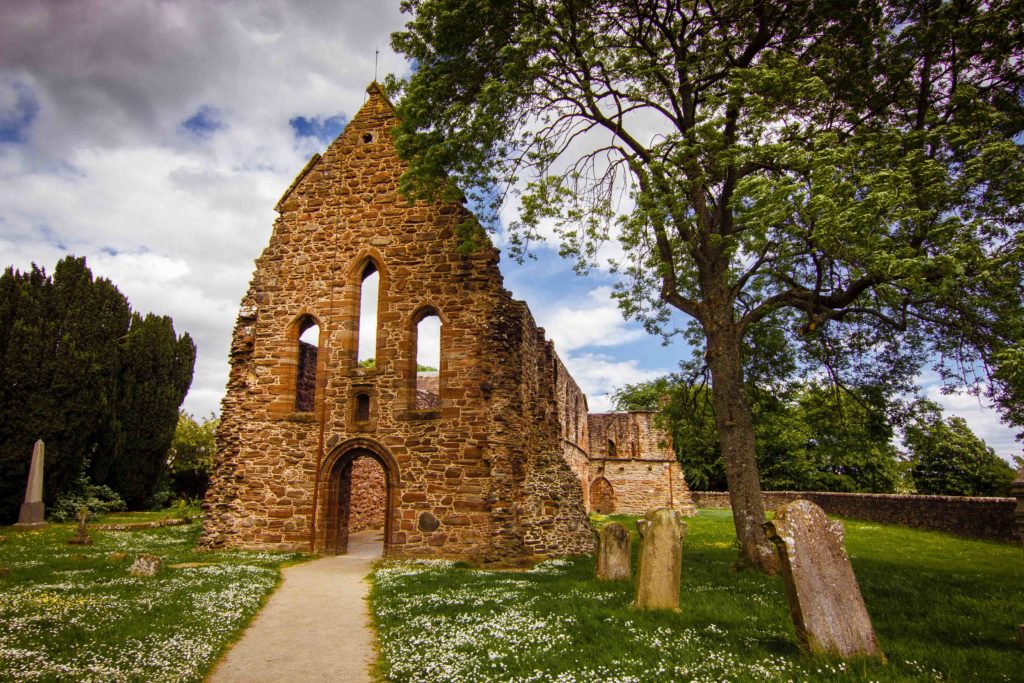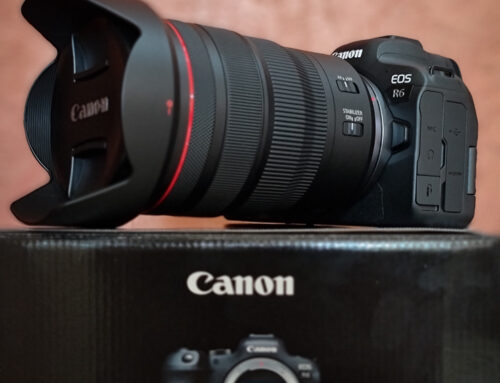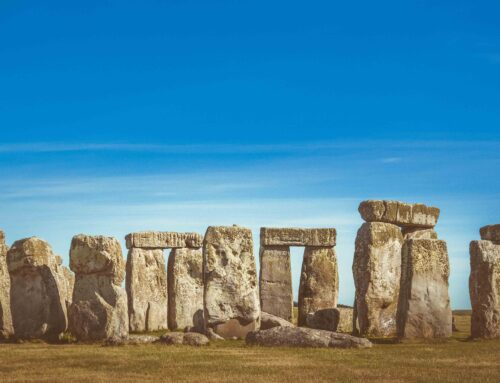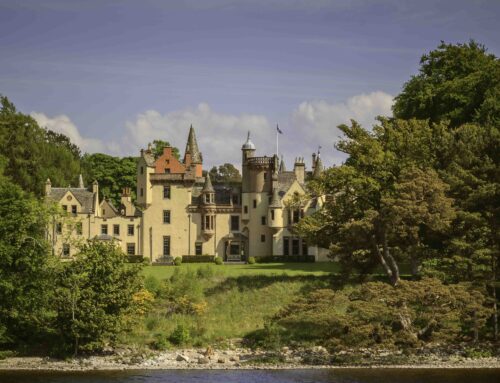
Most important element of every photograph — the Light!!
The presence or the lack of it impacts your pursuit to make the perfectly exposed image.
Elements of Light!!
Light adds visibility, colour, character, texture and the quality of light could force noise in the images.
The Incident light, Reflected light, Diffused light bring on different effects.
The direct sunlight creates blown out highlights and darker shadows.
It brightens the colours and effects contrast.
As a landscape photographer, I love to shoot on a cloudy day not only because clouds add a lot of character to an otherwise blank white or blue sky but the sunlight gets diffused as it bounces off these clouds this attenuates the harshness. The clouds majorly carry the essential grey that ensures tonal ranges are well read by the sensor and the once bright sunlight now takes on the greys from the clouds and lights up my subject/s softly and slowly and this a glowing landscape or a soft portrait in a landscape background.
Blinded by light!!
The photons of energy can bring out detail or hide it.
When there is abundance of light it blinds the details in the blown out highlights.
Details are lost in the shadows and dark areas of the image due to the lack of light.
We find it very difficult to retrieve details from the highlights versus shadows/dark and this is debatable.
A sensor with high dynamic range does help.
Why manage light!!
One seldom gets the best light conditions.
Light usually is more; causing an overexposure, or less; causing an underexposure.
The drama that light, shadow and darkness play can add great value to your images.
Ambience is transient; a relative term.
What is ambient to me need not be ambient to you.
Referring the Histogram and trying to always achieve a centred bell curve might not always fetch a creative image.
You will get caught between following the histogram or following your gut feeling to over/underexpose.
So by over or under exposing a shot if it looks creative or if that allows you to achieve the visualised image..go for it..
Note that the histogram is also about the tonal range and the spread of the dynamic range across your image.
Understanding the individual parameters of the Exposure Trinity and their inter-relationships is essential to effectively and creatively manage light.
By knowing the distance at which your light source is, from your subject, allows you to determine the effects of its Intensity.
The light also contains colour and this colour affects the colour of anything it falls upon.
And thus the need to understand white balance.
The light can be:
the natural light from the sun
lamps on the ceiling and/or wall
the light from your onboard flash
flash gun mounted on the hotshoe on your camera
the speed light off camera/strobe.
and the light reflected off the various surfaces in situ.
Compared to the flash, it will be hard to control the amount and intensity of the natural light.
And you won’t be able to change its direction/angle at will.
Unlike the natural light, the colour of the light from the flash can be influenced with accessories and modifiers.
Achieving an image where a flash/strobe was used along with the natural light but the image seems to have just one light source is where the photographer excels in managing these 2 different lights and make them seamless.
Being aware of the how aperture and ISO influence the flash/strobe and the influence of shutter speed on the ambient light is essential knowledge.
Find the light, know it, learn it and work it..






Leave A Comment